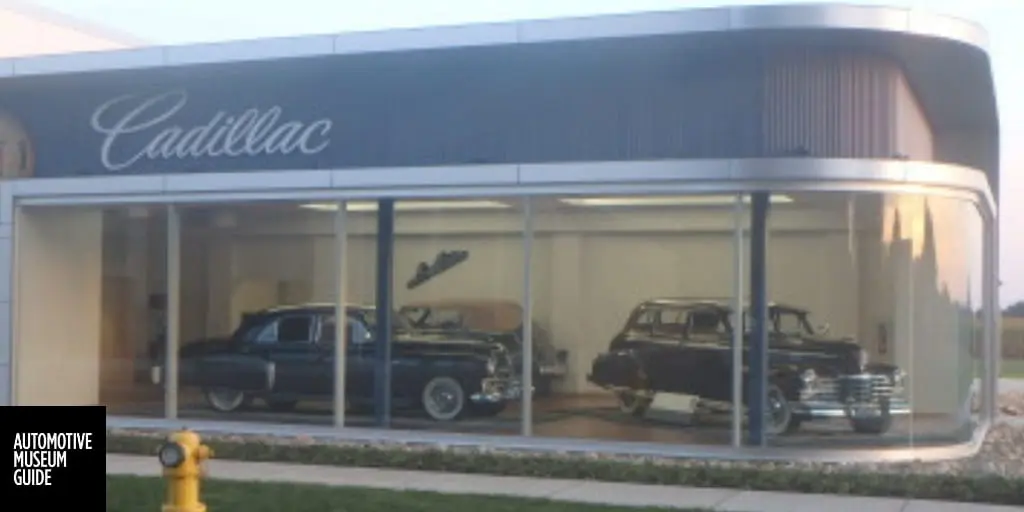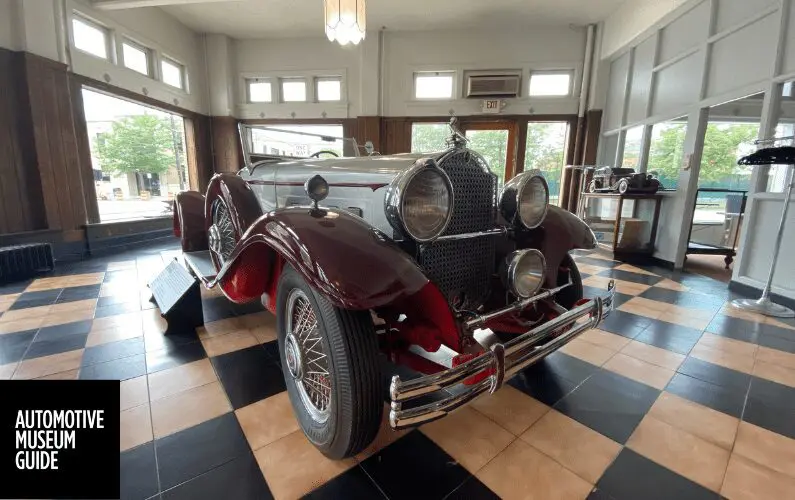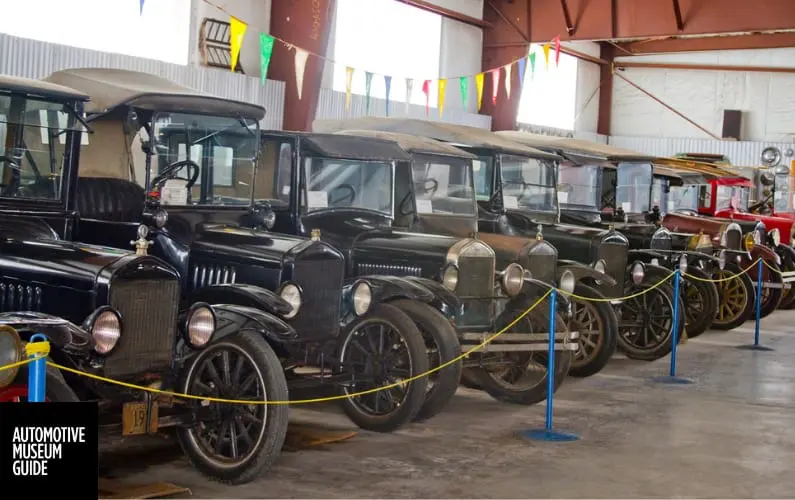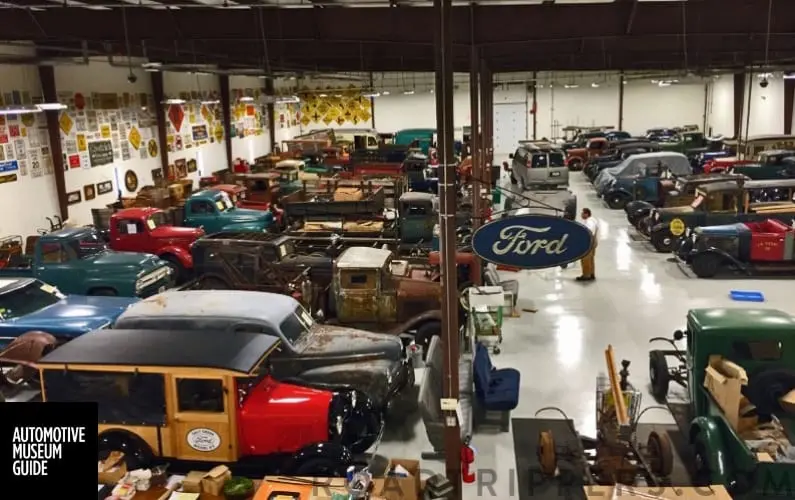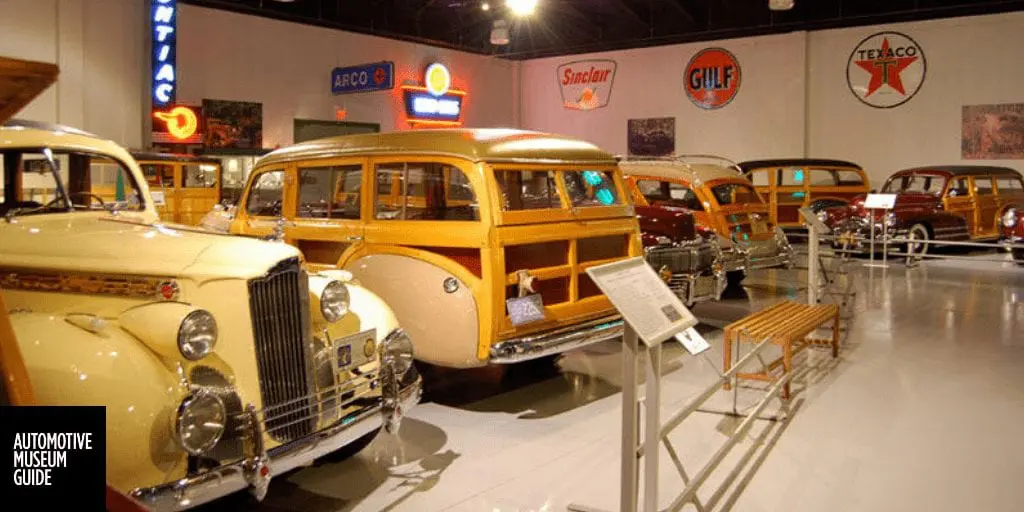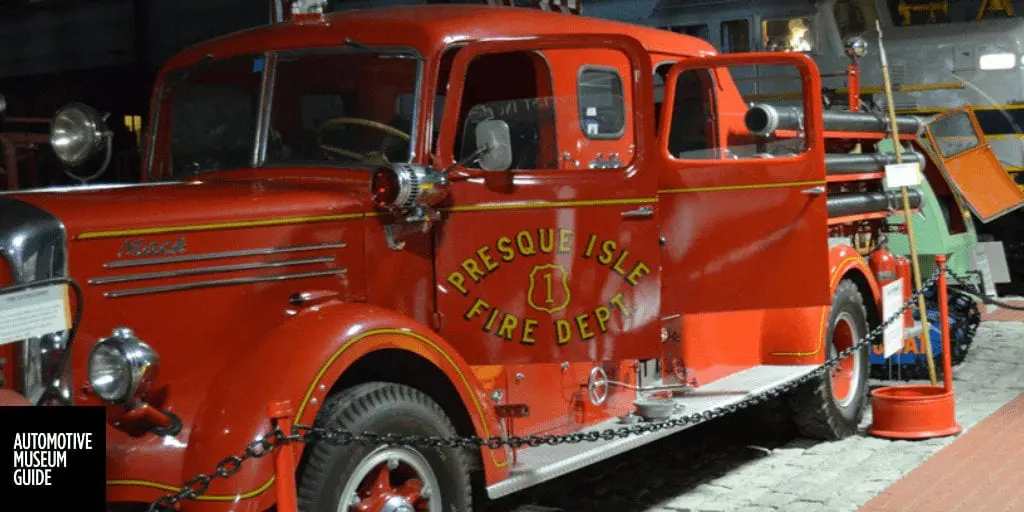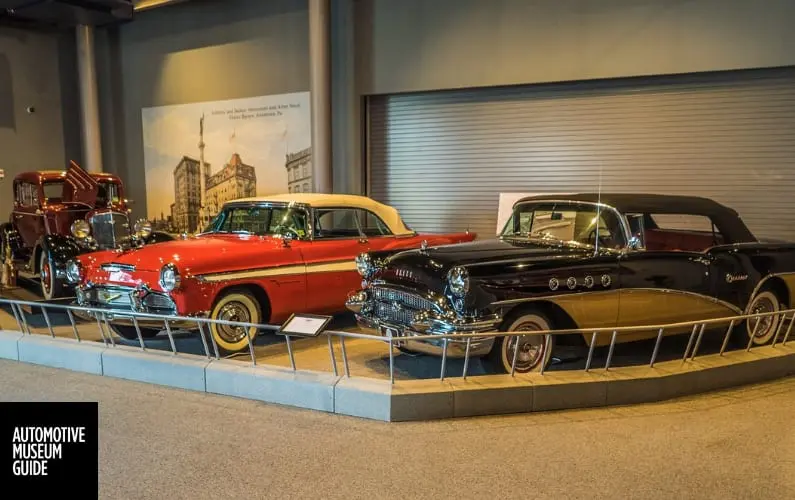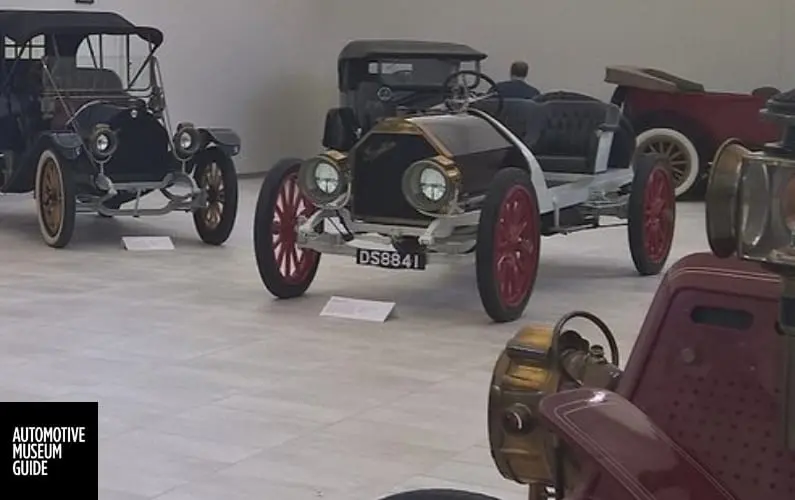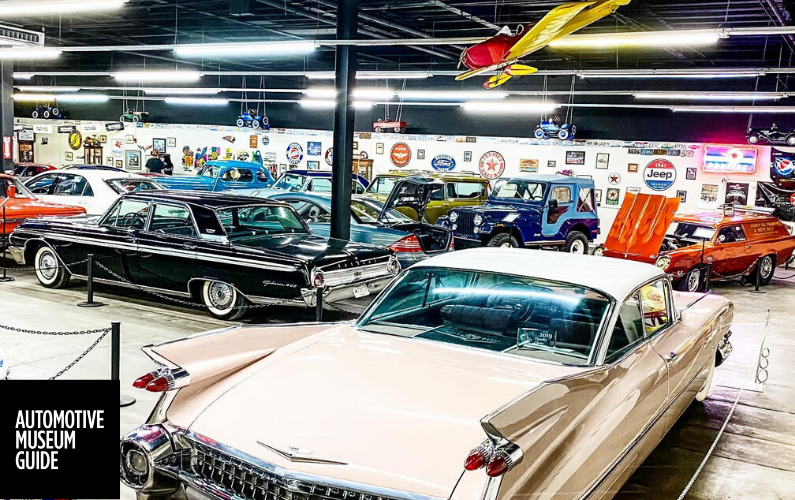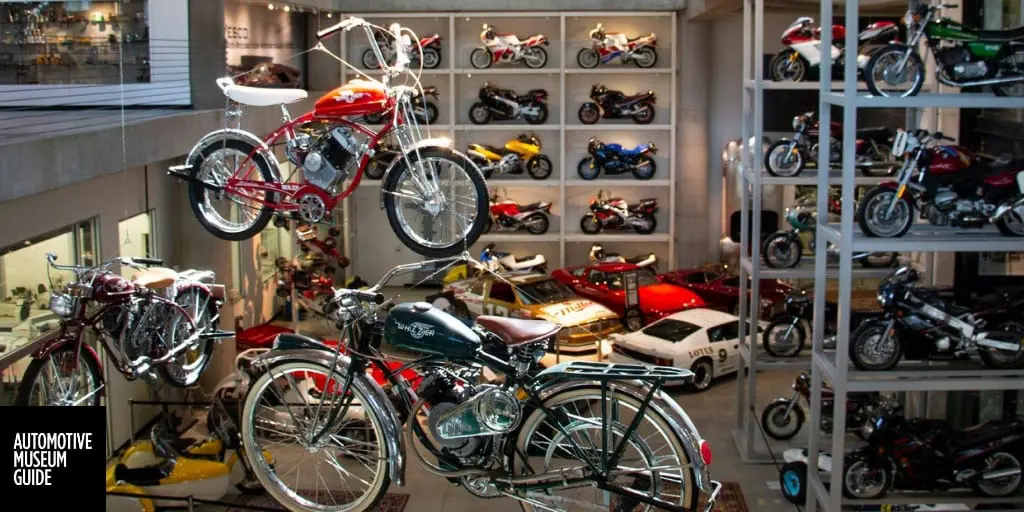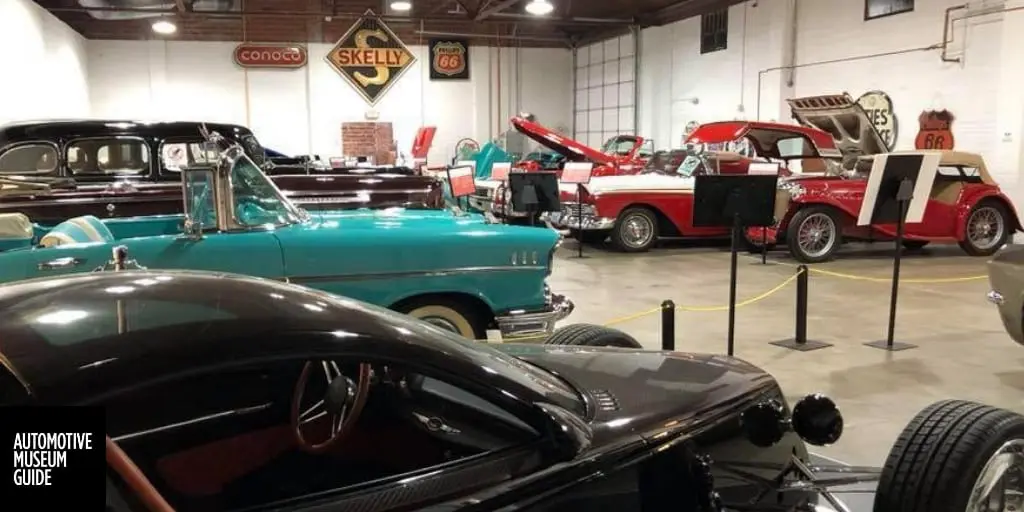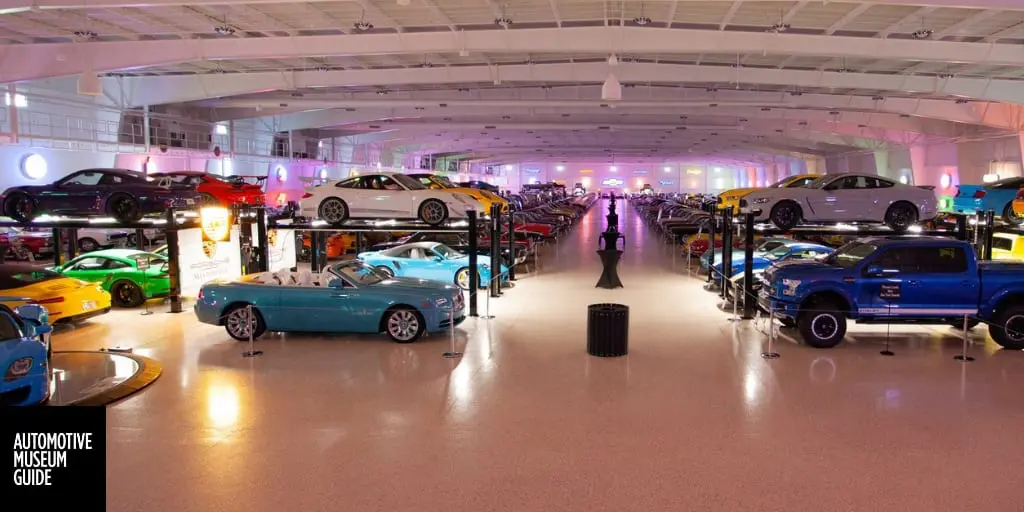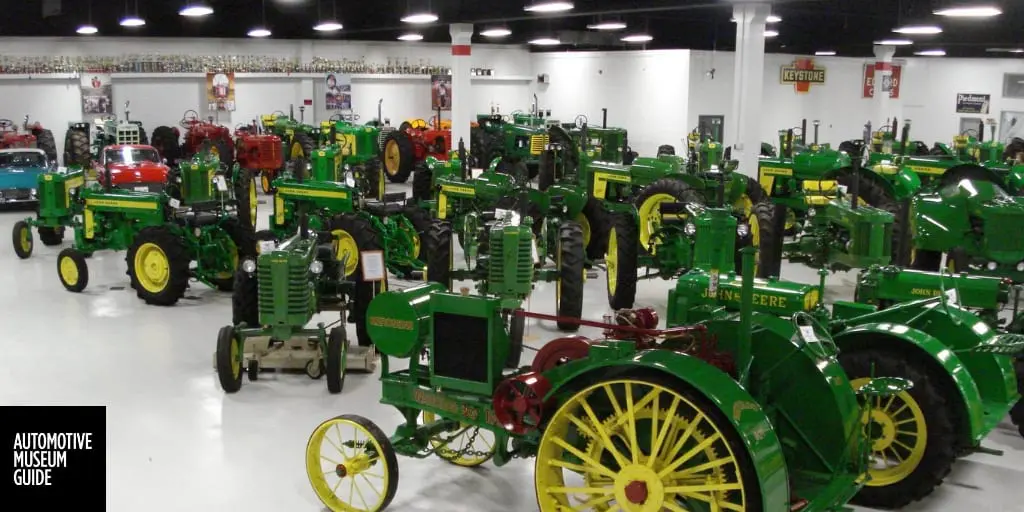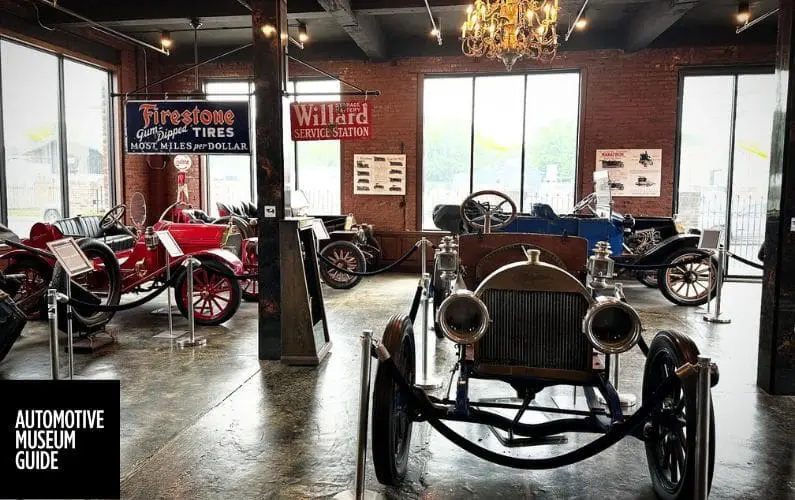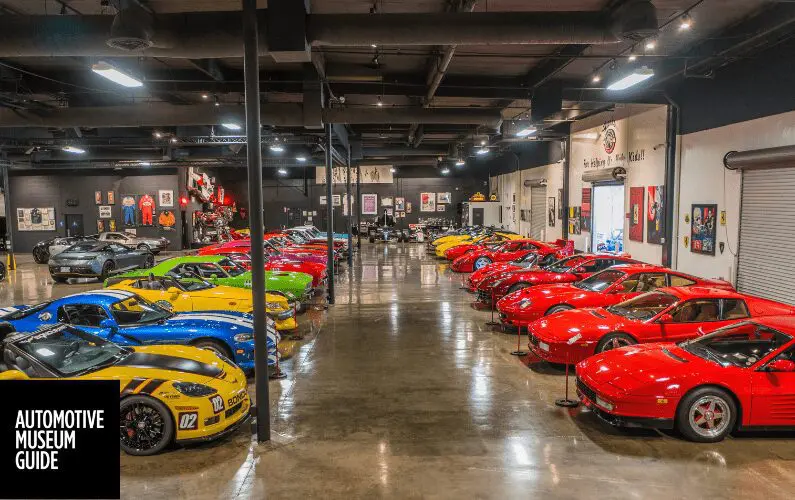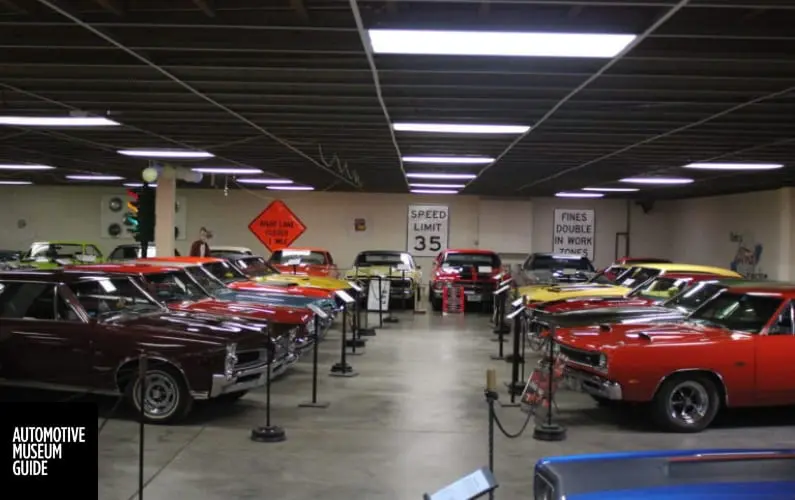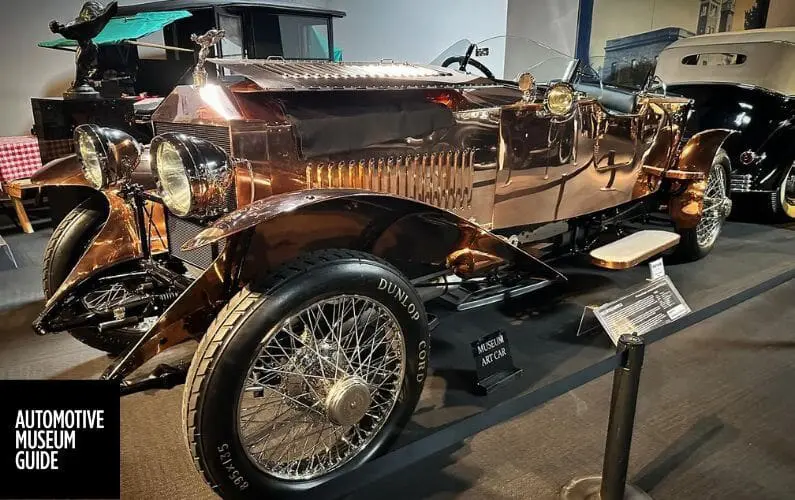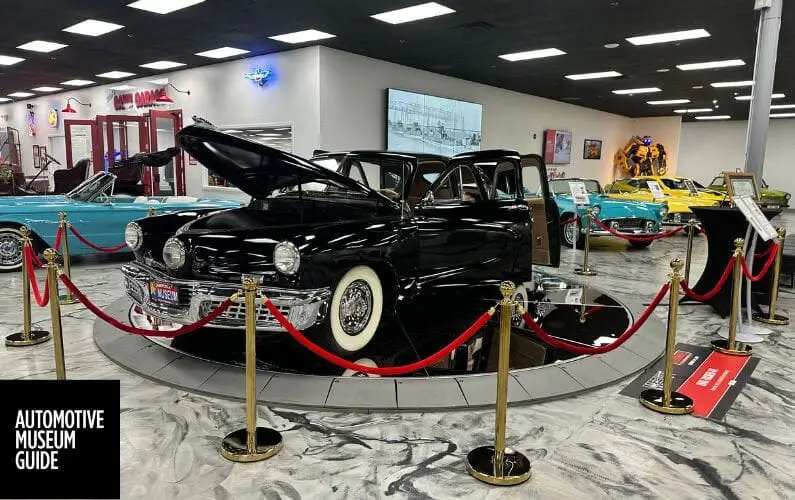The Automotive Museum Guide
The place for you to discover the amazing automotive history found across North America’s diverse automotive museums.
Look for the Badge
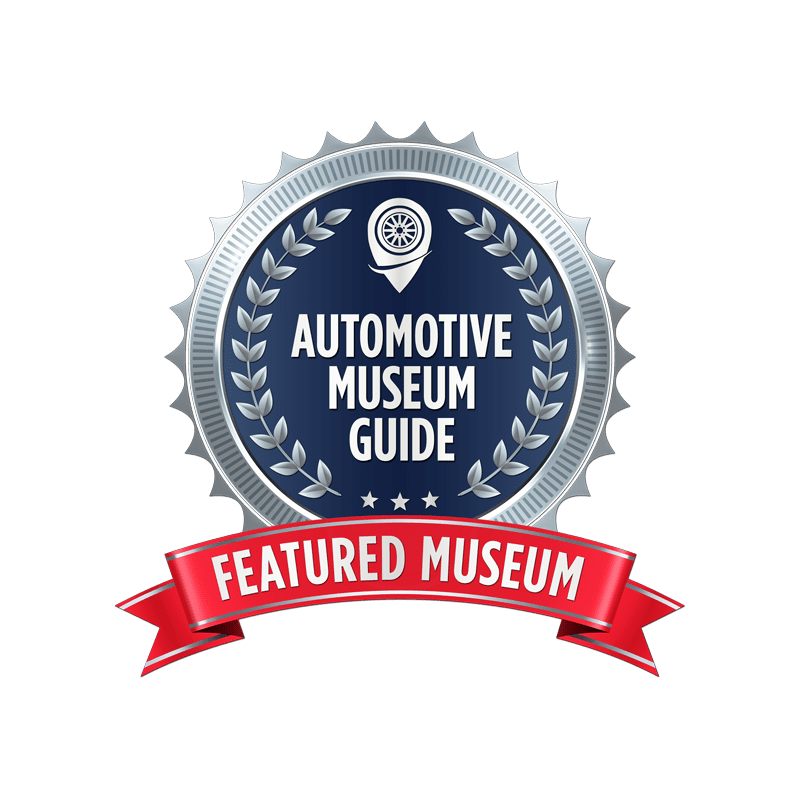
Central Automotive Museums
Northeast Automotive Museums
Southern Automotive Museums
EXPLORE BY LOCATION
ALABAMA
ALASKA
ARIZONA
ARKANSAS
CALIFORNIA
COLORADO
CONNECTICUT
DELAWARE
FLORIDA
GEORGIA
HAWAII
IDAHO
ILLINOIS
INDIANA
IOWA
KANSAS
KENTUCKY
LOUISIANA
MAINE
MARYLAND
MASSACHUSETTS
MICHIGAN
MINNESOTA
MISSISSIPPI
MISSOURI
MONTANA
NEBRASKA
NEVADA
NEW HAMPSHIRE
NEW JERSEY
NEW MEXICO
NEW YORK
NORTH CAROLINA
NORTH DAKOTA
OHIO
OKLAHOMA
OREGON
PENNSYLVANIA
RHODE ISLAND
SOUTH CAROLINA
SOUTH DAKOTA
TENNESSEE
TEXAS
UTAH
VERMONT
VIRGINIA
WASHINGTON
WEST VIRGINA
WISCONSIN
WYOMING
automotive museum guide
get updates
Sign up to get updates about automotive museums right to your mailbox. Don't miss a thing. It's FREE.
